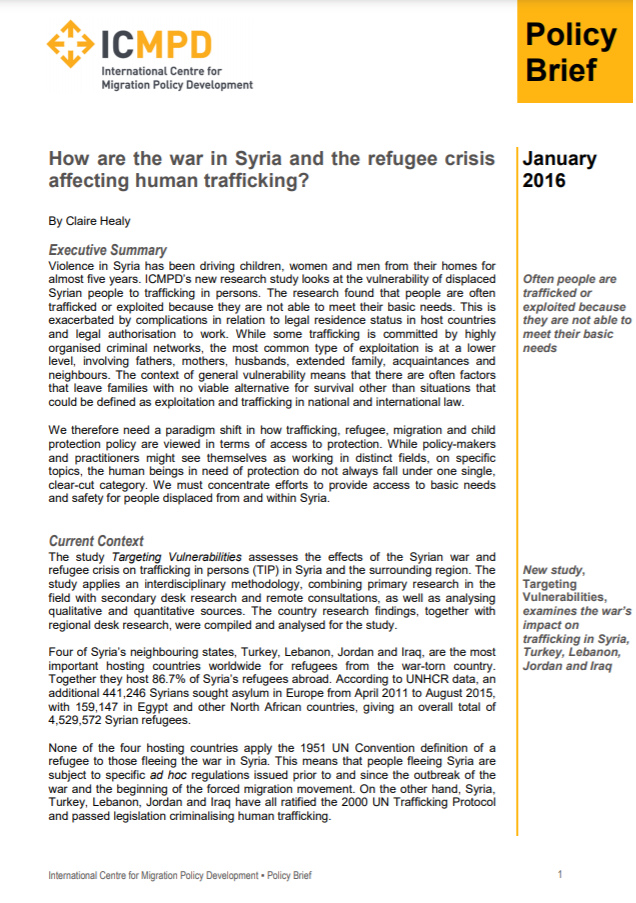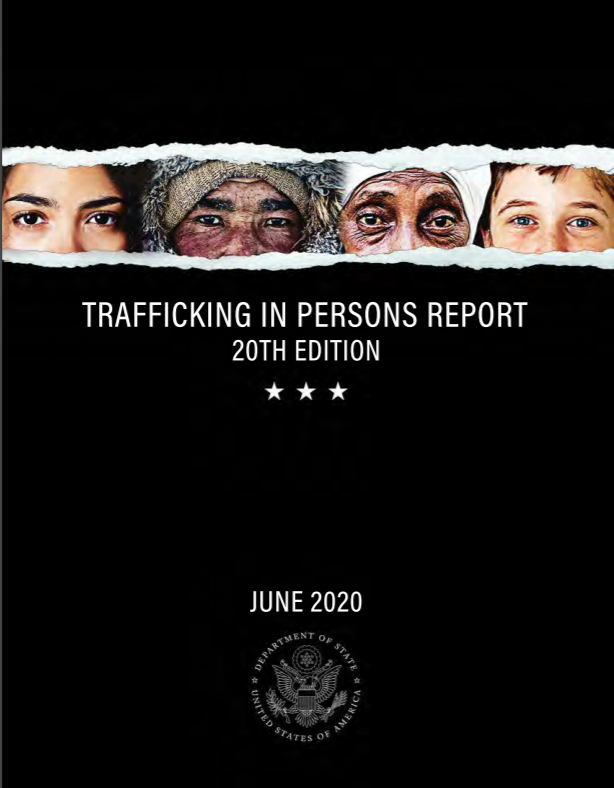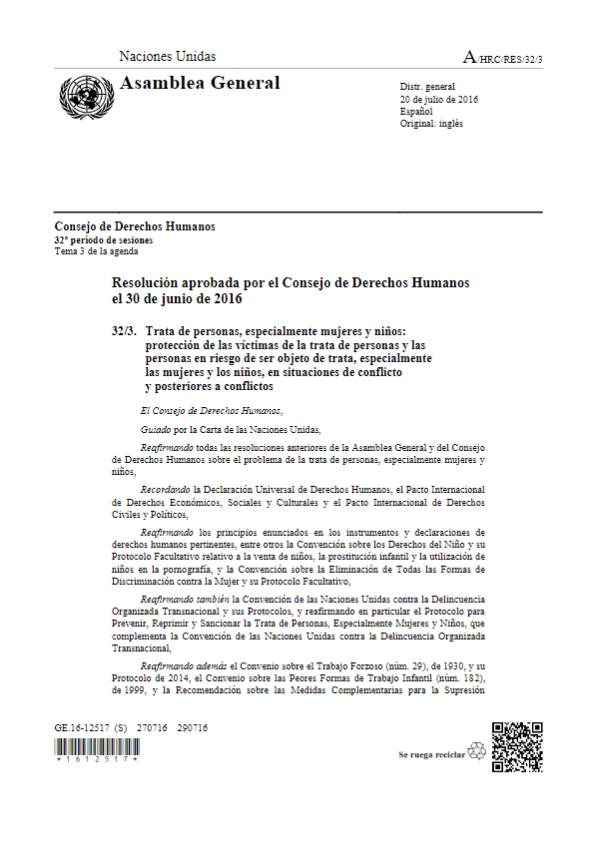Commercial Sexual Exploitation and Trafficking of Children “In a Nutshell”

Commercial sexual exploitation and trafficking of children is considered by ILO as one of the worst forms of child labour which requires immediate and definitive action from governments. It is a violation of the fundamental human rights of the most vulnerable in our society, our children, and an outrage that must be condemned in the strongest manner, it must also galvanize us into action. ILO research in the Pacific has shown that these issues are present in our communities and a collective effort is required in the fight against this. The “Commercial Sexual Exploitation and Trafficking of Children in a Nutshell” is a resource designed to enhance the knowledge base on sexual exploitation and trafficking in the Pacific.
It clarifies the worst forms of child labour concepts and relevant ILO and UN Conventions that deal with these issues and highlights the risk and vulnerability factors that we must guard against to protect our children.
Country
Worldwide
Region
Asia
Pacific
Year
2015
Topics







